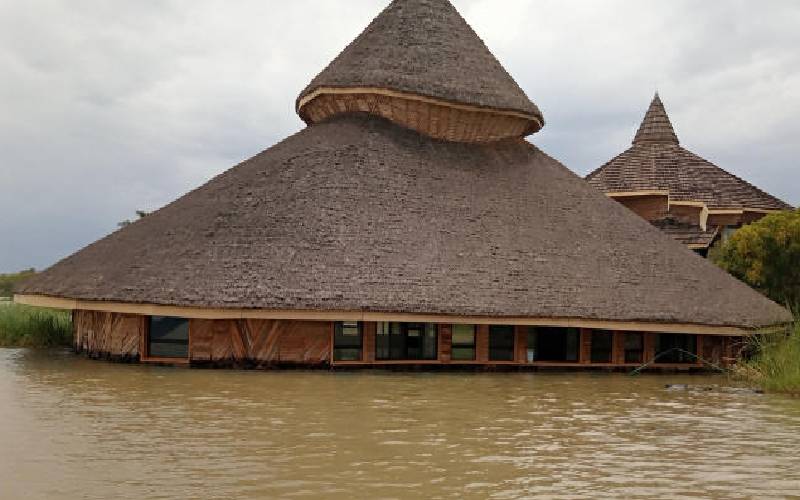×
The Standard e-Paper
Smart Minds Choose Us

Submerged buildings at Lake Baringo in Baringo county due to the rising water from the lake. [Kipsang Joseph/Standard]
Rising lakes in the Rift Valley have sparked fears of an ecological disaster even as residents are displaced and their property submerged.